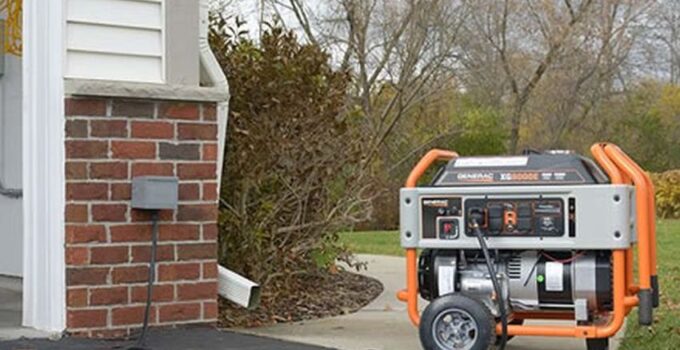On April 30, 2019, a brief storm system swept across Missouri, spawning 29 mild tornadoes. No lives were lost, but several homes and businesses were destroyed. Whether it is through windy weather, ice storms or earthquakes, the environment can change in a second, rendering our homes vulnerable and exposed.
A generator can provide added safety in these scenarios. You can use one to run heaters during an ice storm to prevent burst pipes and to protect the safety of your life and that of your pets. It also enables you to keep your cell phones charged so you can stay in contact with your family and rescue services.
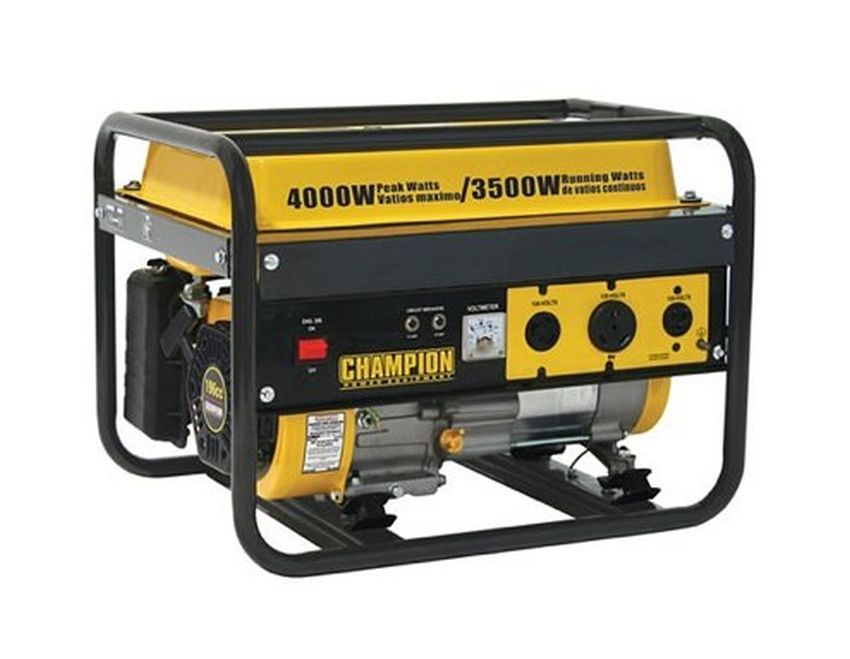
source:bobvila.com
Finally, generators can help protect your investments. If your lights and security system appear operational, the looters are more likely to go for your neighbor’s house than they are to attack yours. You can also enjoy the benefits of having refrigerated food, protecting the thousands of dollars that are likely stored in your refrigerator and freezer.
As you shop for options, here are some important considerations to help you get the most out of your buying decision.
Page Contents
Low Maintenance
One of the top considerations is how much maintenance the generator will require. Small, cheap, handheld units are great because they are highly portable and very affordable.
However, they do require more maintenance. You can’t run old gas through them, or you can ruin the carburetor. Because of this, you typically have to drain the old gas and fill it with new before each use. (Siphoning it out of a car works well.).
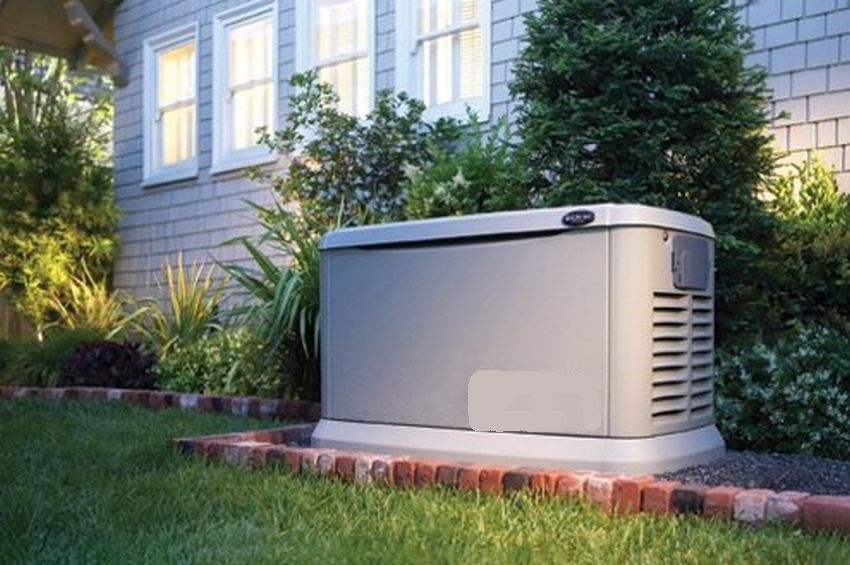
source:geico.com
The oil also has to be changed frequently. ToolTally has some great tips to reduce how frequently you have to perform the task, but it is still an annoying and time-consuming project.
Choosing a larger, possibly permanently installed, backup generator reduces the required maintenance. For example, many of these use natural gas from the city’s grid to reduce the need for fresh fuel. These permanently mounted units also run on a longer maintenance cycle for oil changes.
How Much Power Do You Need?
Your power requirements are going to depend on what appliances you plan on during the outage.. Some folks just run a power cord into their house that they plug their refrigerator, a fan and their electronics (such as a laptop or cell phone) into.
If you are just looking for basic backup power on this level, then a 5 Kilowatt generator should serve you nicely.
Whole house units tend to need to be bigger. The best option is to add up the appliances that you think you will be running. The wattage requirements are normally printed on each appliance. You can add up those wattages and get a good idea of how much power you will need.
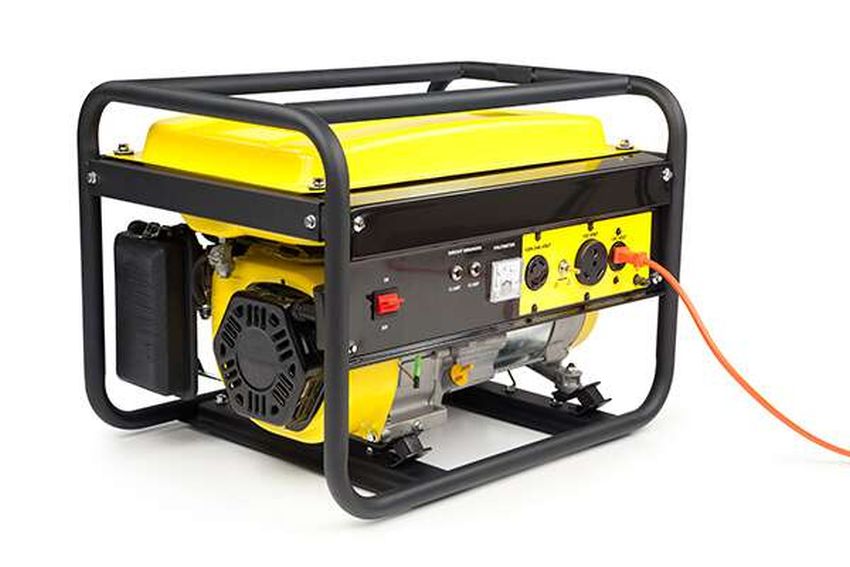
source:bobvila.com
Practically speaking, if you plan on running with just air conditioning and limited appliances, you will need a 15-kilowatt unit. This would be on the smaller end and would require you to limit how many lights you turn on and how many appliances you run at once.
If you want to be able to operate your house at full-speed, then plan on buying a bigger generator. Something in the 40-kilowatt range will enable you to move throughout your day without being cognizant that you are on backup power.
Noise Levels
If you have never been around small generators, you might be surprised at how loud they are. These smaller units tend to have the same muffler system as a lawnmower and they are every bit as loud.
As you move up in size, the engines become large enough that they can be fitted with bigger mufflers. These quieter mufflers provide more back-pressure on the engine and reduce some of its power, but the tradeoff is that you can use it without going deaf.
Many homes are looking to supplement their backup generator with solar and wind power that is much quieter and that can also help reduce costs by supplementing their monthly electric bill.
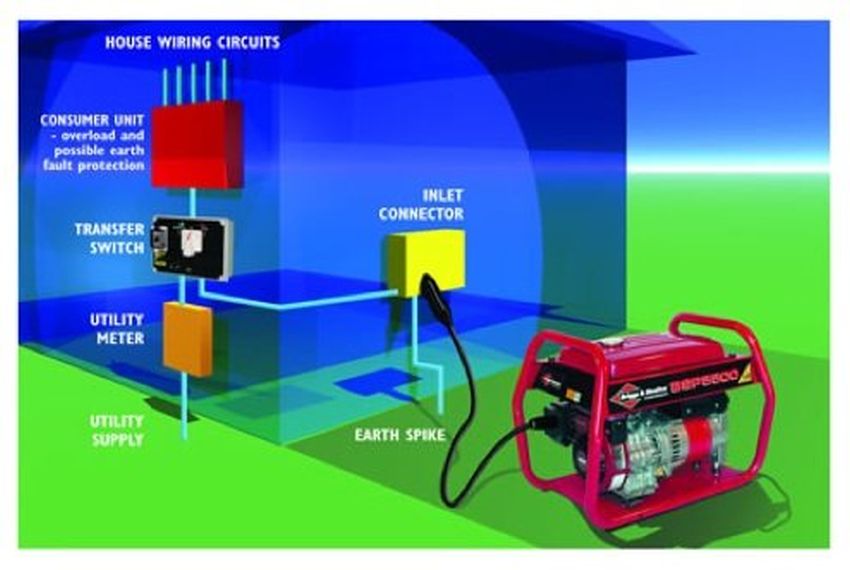
source:geico.com
How Long Can It Run Continuously
In an emergency, you may need to run it for a week or more without a break. If you are simply using it to get through a crisis, you may not be concerned as to its longevity.
However, it is important to note that most are only designed to run for 8 hours. At that 8 hour mark, it needs to be allowed to cool off and rest for about 4 hours before being started again.
The more expensive backup generators have better oiling and cooling systems and are capable of running continuously.
Safe Hertz For Computers
Not all generators are safe for computers and sensitive electronics.
It is especially common for the smaller units to have surges of power. These surges can short-circuit delicate electronics.
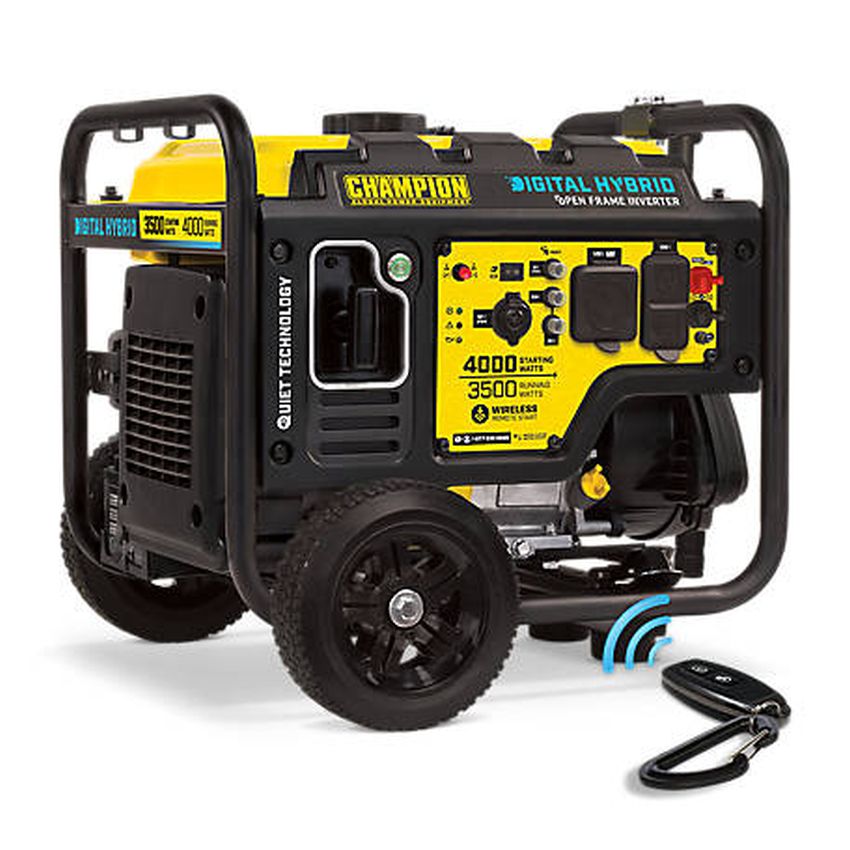
source:tractorsupply.com
If you need one that is safe for your delicate electronics, then spend the additional funds for an inverter generator. This type has an additional device internally that helps to regulate the power and smooth out any surges, making it safe for your devices.
The KW Rating Only Tells A Partial Story
While the Kilo-Watt rating is a massively important figure when you are shopping for a generator, one of the essential things that tend to get overlooked is how that power is wired for use. For example, if yours has 3KW of output with four outlets, it may be that there are only about 750 watts available per outlet. (3,000 kw divided by 4 outlets)
If you are trying to run a refrigerator off that, there may not be enough power at any one outlet to get the compressor started. Accordingly, you’ll want to make sure that you are choosing one that can deliver peak amperage to a single outlet when you need it.
Also, be aware of the limitations of your unit, and dial back power use when you are engaging a device with a huge power draw.
Amperage
Amperage goes hand-in-hand with the above discussion. When calculating the amperage of that you will need, the formula is watts/volts=amps.
So if you have a 3,000-watt generator with four outlets and each outlet has 750 watts, then the calculation works out that 750/120=6.25 amps.
For most significant appliances (blenders, air conditioners and more) you will need at least 12 amps of draw capacity.
Being armed with this basic knowledge will help you avoid getting an underpowered unit for your cabin.

